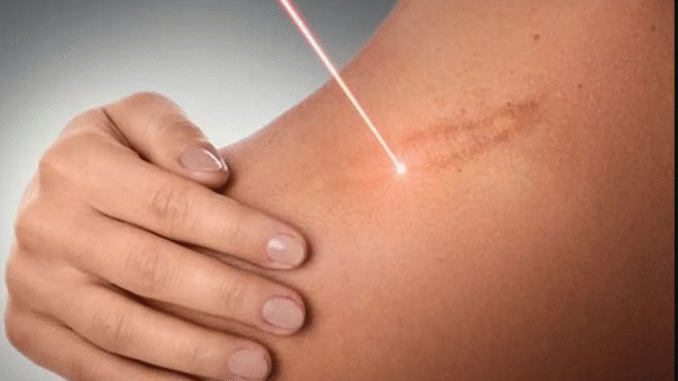
Scars can appear after injuries, surgeries or skin inflammation, and many people feel unsure about how to manage them. Today there are several safe and effective options that help improve skin texture and reduce the visibility of old or fresh marks. If you are exploring treatment possibilities, you can also turn to a trusted medical clinic for personalized guidance and professional care.
Why Scars Form and Why They Look Different
Scars appear when the skin repairs itself after an injury. The body creates new collagen quickly, and this fast repair can change the texture or color of the skin. This is why scars vary so much from person to person.
Several common scar types include
• atrophic scars linked to acne
• hypertrophic scars that are raised but stay within the wound area
• keloid scars that extend beyond the original injury
• post surgical scars that may be flat or slightly raised
Understanding the type of scar helps patients choose realistic and safe treatment options.
Early Care That Supports Healthy Healing
Fresh scars respond best to simple skincare routines. Early care will not remove the scar, but it can improve how it matures over time.
Helpful early steps include
• keeping the area clean and moisturized
• using gentle, fragrance free creams
• protecting the scar from sunlight
• applying medical grade silicone gel or silicone sheets
Silicone products are widely recommended by dermatologists. They help soften scar tissue and reduce redness. Many people begin exploring how to remove a scar by starting with these safe and accessible methods.
When Professional Care Makes a Big Difference
Older or more noticeable scars often require medical treatments. Modern dermatology offers several evidence based procedures that improve texture and color without long recovery times.
Laser Therapy
Laser treatments are among the most effective options. They encourage collagen production and help the skin remodel itself.
Lasers are used to
• reduce redness and pigmentation
• smooth raised scars
• improve overall texture
Results appear gradually and usually require several sessions.
Microneedling
Microneedling uses fine needles to create tiny, controlled micro injuries. This stimulates new collagen growth. The treatment is popular for acne scars and uneven surface areas. It also pairs well with other therapies.
Chemical Peels
Chemical peels remove the outer layers of the skin. They help reduce surface irregularities and lighten darker scars. Mild and medium peels are often used to smooth tone and improve brightness.
Steroid Injections
For raised scars, especially hypertrophic and keloid types, steroid injections help flatten and soften the tissue. The treatment happens in short sessions spaced over time and may be combined with silicone therapy.
Radiofrequency Treatments
Radiofrequency methods use controlled heat to tighten the skin and stimulate collagen. They are effective for acne scars and uneven texture. The treatment is gentle and suitable for many skin types.
Surgical Revision
In some cases a scar may restrict movement, cause discomfort, or be large enough to affect daily life. A specialist may recommend surgical revision. This method improves the appearance of the scar but is usually reserved for significant cases.

Everyday Habits That Support Scar Improvement
Long term care also matters. Consistency can improve results from both at home routines and professional treatments.
Helpful habits include
• daily sun protection with SPF
• gentle exfoliation approved by a specialist
• regular moisturization
• avoiding picking or scratching the area
A stable routine helps scars fade more evenly over time.
What Results to Expect
It is important to keep realistic expectations. Treatments can significantly reduce the appearance of scars, but they cannot remove them completely. The goal is improvement, not perfection. Most people notice
• smoother texture
• softer edges
• lighter color
• reduced height of raised scars
These changes make a visible difference in everyday life and help restore confidence.
When to See a Dermatologist
A dermatologist can evaluate the scar and recommend the safest and most effective treatments. Professional guidance is especially important for keloids, post surgical scars, and dark skin tones that may respond differently to certain procedures.
A specialist visit is a good idea when
• the scar causes discomfort
• the scar keeps growing
• home care no longer helps
• the appearance affects confidence or daily activities
Dermatology care ensures that treatment is tailored to the scar type and the patient’s skin.
Conclusion
Scars are part of the body’s natural healing process, but modern treatments offer many ways to soften and smooth them. With consistent care and professional guidance, most scars can be improved significantly. The search for how to remove a scar usually leads to a combination of home routines, medical procedures, and realistic expectations. Together they help the skin look clearer and more balanced over time.

